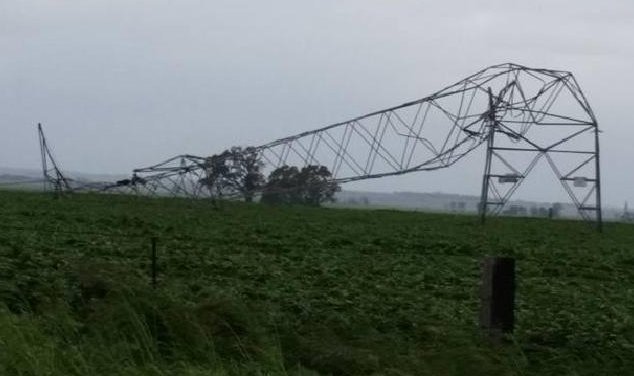June 22, 2016
 To be clear. Eddie McGuire is a doofus. Enough has already been written on his recent gaffe, including insights from my colleague Peter Wilkinson. Amid the furor did you manage to work out what fired Eddie up so much as to make such an outlandish statement?
To be clear. Eddie McGuire is a doofus. Enough has already been written on his recent gaffe, including insights from my colleague Peter Wilkinson. Amid the furor did you manage to work out what fired Eddie up so much as to make such an outlandish statement?
It was a column Wilson wrote asking whether McGuire needed to put an end date on his Collingwood presidency after almost 20 years. Yep – that’s it.
There are two lessons to learn from what riled Eddie enough to make a jibe about drowning the Walkley Award winning journalist in an icy pool.
1. Don’t bloody well joke about violence against women.
EVER. Period. Violence against women is a national crisis and a change for the better starts with every man. Don’t joke about it and don’t stand idly by when others do (as White Ribbon advise). It’s such a simple change but it matters.
In effect, McGuire responded Wilson’s article with the mentality that she may be able to threaten his presidency but he will always be more powerful than her-even if it’s just physically so.
That. Is. Not. On.
Threatening physical intimidation when emotionally wounded is a temptation men must stop succumbing to.
2. Don’t be surprised when a journalist takes a bit of paint off you or your organisation.
Their job isn’t actually to do your public relations or safeguard your reputation, no matter how close or long the relationship. Their job centres on the public’s right to know and, as a columnist, Wilson is there to get readers thinking and debating.
As a prominent player in the media, McGuire ought to have known better than to be surprised at Wilson’s story. Nor should he be surprised that occasionally their respective professional roles will often draw them into opposing arguments. He should have accepted this as the nature of their relationship and accepted the good with the bad.
 The safer bet for McGuire would to have argue his point, either back through the media (he’s never lacking a platform) or with Wilson in person.
The safer bet for McGuire would to have argue his point, either back through the media (he’s never lacking a platform) or with Wilson in person.
So if a journalist you’ve been dealing with gives you a bit of a bruising in the press:
a) Don’t take it personally
b) If what they’ve written is factually incorrect, and it presents you or your organisation with a problem, ask them to correct the record – the earlier the better.
c) If it’s less cut and dry and they’ve stretched the truth a little, still argue your point and request a change (online is easier) but do so in a respectful and mature, adult way – sans threat of drowning. Always keep your cool and know that changing a story can be a big deal for a journo and their editor – so only push it if it really does matter and you’re convinced you’re in the right
d) While some would disagree – I’d counsel against you leaving them in the dog house and cutting them out of future stories. Keep up the relationship and keep the story opportunities coming. Remember – they’re just doing their job, and if you’re doing your PR well, your news is bound to take their interest again
e) If it has become personal, you need to bury the hatchet. Otherwise, you need to include them in your media strategy as a message to be countered, which is a poor outcome, but not uncommon.

